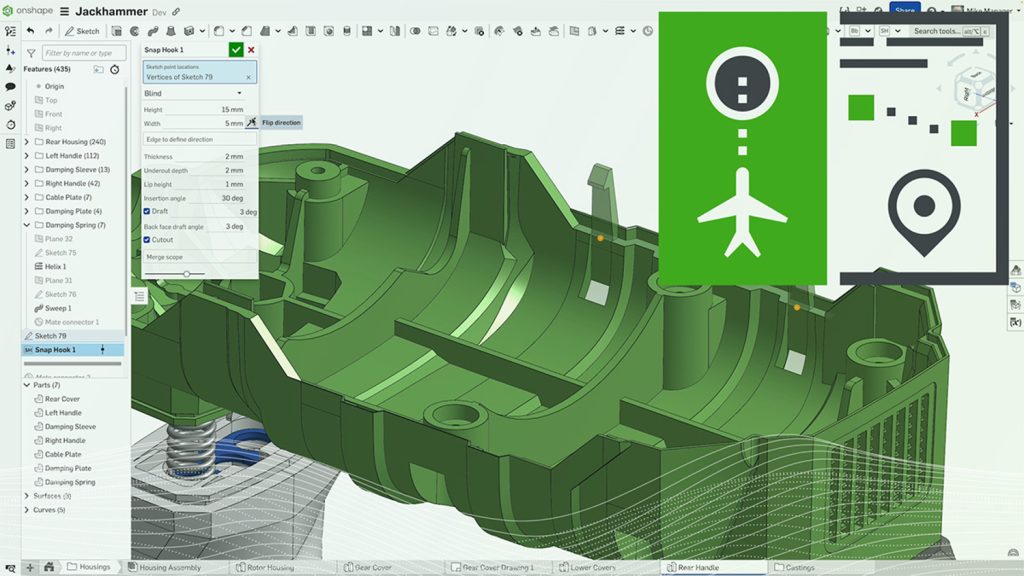PTC has announced the release of Onshape Advisor, an AI-powered assistant, and Onshape Government, a purpose-built version of Onshape designed specifically for US federal and state agencies.
Onshape Advisor is a generative AI assistant that provides users with guidance on CAD workflows, PDM best practices, and platform capabilities. It was developed by Amazon Bedrock.
It was trained using Onshape’s library of training materials to create a natural language response including links to learning resources and video tutorials.
Onshape Advisor learns from the user’s conversation history and suggests tips and features based on their workflow and preferences.
Onshape Government is designed to meet the compliance needs of US federal agencies, defence contractors, and organisations working on regulated projects.
It enables compliance with regulations including the United States’s ITAR and EAR regulations.
Onshape Government is protected by FIPS 140-3 validated cryptography and includes ‘comprehensive security controls and effective risk management.’ Onshape aligns with CMMC 2.0 Level 2 controls.
PTC is also seeking FedRAMP Moderate authorisation and is in the process of ensuring that Onshape’s cloud services meet the requirements set by the US government for data security and privacy.
“Onshape Government and Onshape AI Advisor are the latest examples of us delivering on our mission of helping customers of all sizes and across industries transform their product development process,” said David Katzman, general manager of Onshape and Arena at PTC.
“We’re pleased to extend the benefits of cloud-native CAD and PDM to companies operating in the regulated aerospace and defence market.”






